Electric Vitara push with two versions
/Common battery size and the choice of front and all-wheel-drive for Suzuki’s first battery car.
Read MoreCommon battery size and the choice of front and all-wheel-drive for Suzuki’s first battery car.
Read MoreRequirement to pull car from sale in Australia not issued here.
Read MoreHaving the compact battery-pure e-Vitara will help brand keep its fleet average emissions in check, but issues with legislation still remain.
Read MoreSpecial pricing initiative to raise interest in latest small crossover.
Read MoreTwo popular Suzuki models are about to leave the local line-up, one set to rebirth in electric form.
Read MoreHow Suzuki took its primary car on an adventure without going anywhere. Check out the film and how it was made.
Read MoreCompact 1.5-litre mild hybrid crossover coming in July. It’s the new Baleno … will it also bump out Ignis?
Read MoreTo get to a production sign-off meeting, Suzuki’s first prototype undertook a harrowing 300km drive through a notoriously rough landscape.
Read MoreA sobering crash test score hasn’t seemed to do Suzuki’s baby any harm, with registrations so far being much the same as those accrued this time last year.
Read MoreSuzuki New Zealand indicates discussions with Japan about potential to improve best seller’s poor crash test performance have begun.
Read MoreRevised emissions rules make it easier for ICE, but electric needs to run hot as well.
Read MoreSuzuki Swift’s new shape regression from four engine choices to just one narrows focus to eco efficiency over oomph. But it’s what buyers want, the brand says.
Read MoreClean Car Standard, the environmental impost new car buyers probably don’t know about, is being reviewed by Government. Suzuki is pleased.
Read MoreSuzuki says electric-assist engines are the only solution to avoiding rising CO2 penalties set to remain even if Clean Car Discount goes.
Read MoreA year on from full implementation, the legislation that set out to wean us from high CO2 vehicles is all but running on empty, with revision pending. While it has helped turn consumers toward electrics, we’re also sticking to the dark side.
Read MoreLegislative focus on CO2 output means economy champ still has a hard road, even with hybrids.
Read MoreClean Car requirements put CO2 cloud over new entry
Read MoreTalks with Japan about securing India-made models under way.
Read MoreFattened market share down to customers seeking thrift and Government’s helping hand, brand says.
Read More
Looks familiar? A new nose and a change of badge turns the RAV4 into a Suzuki Across
DEVELOPMENTS within the Suzuki model range triggered by its battle to meet tightened emissions regulations imminent in Europe are good news for the local distributor – and perhaps for a rival, as well.
The Jimny small sports utility that has become so popular here as to be subject to a big waiting list and a Suzuki by arrangement with Toyota, the Across, have become central figures as the brand works to achieve a range-wide Co2 count it must meet in order to keep trading in the European Union after the end of this year.
It might come as a relief to Toyota New Zealand that the Across is unlikely to avail locally: The last thing it might need is a competitor fronting with a lightly-revised edition of one of its most popular cars.
It’s worse than that, actually. Not only is the Across a RAV4 with nothing more than cosmetic change – it’s a variant TNZ has yet to secure, yet has big hopes for nonetheless.
The longstanding, if relatively low-key product-sharing relationship Suzuki enjoys with Toyota has recently morphed into a deal to collaborate on electrified vehicles.
To meet the demands of the European emissions situation, Suzuki has been allowed access to the RAV4 Prime, which has a plug-in recharging capability that’s far more Green-minded than the mild hybrid RAV4 most-favoured by Kiwis at the moment.
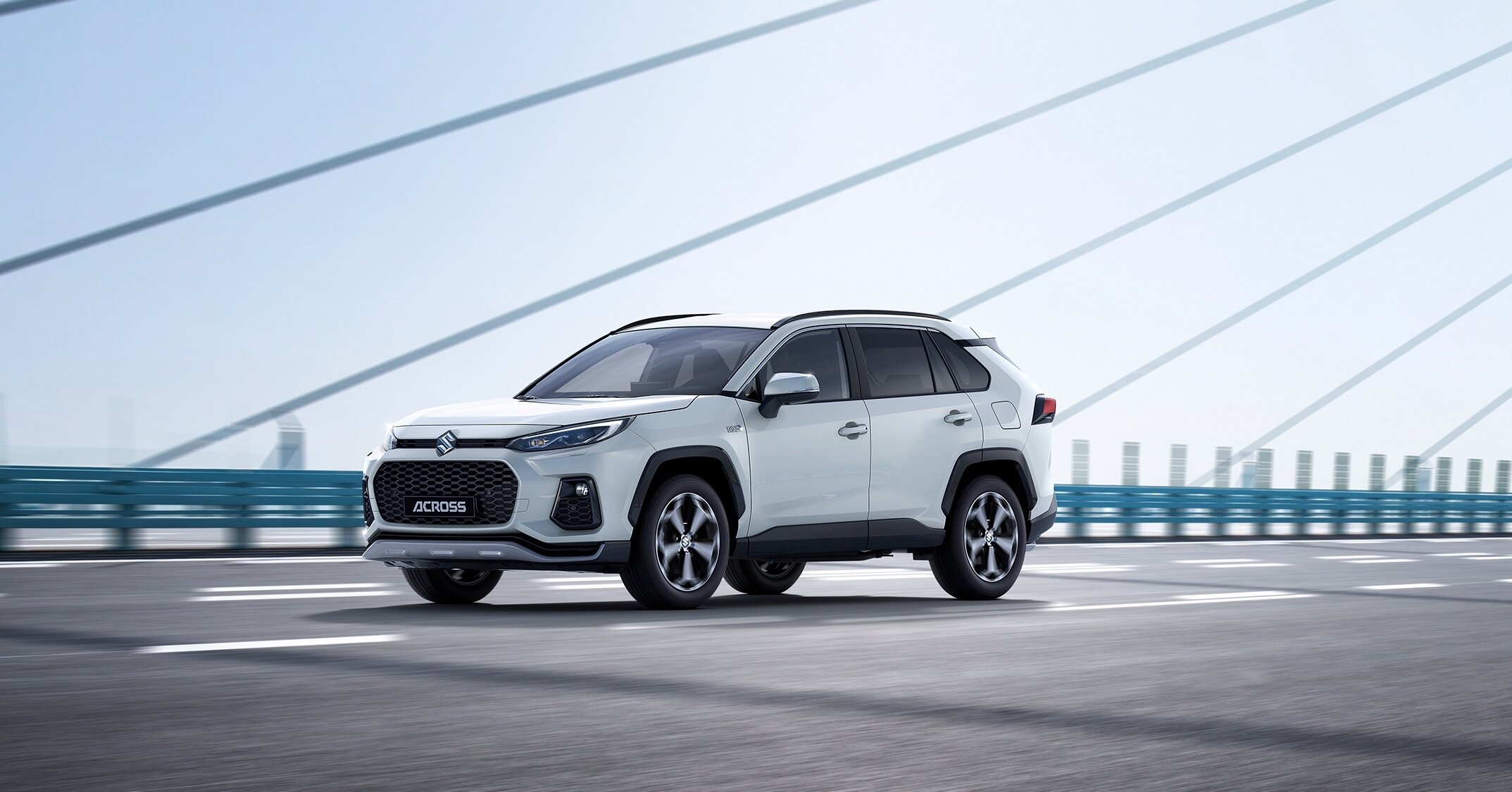
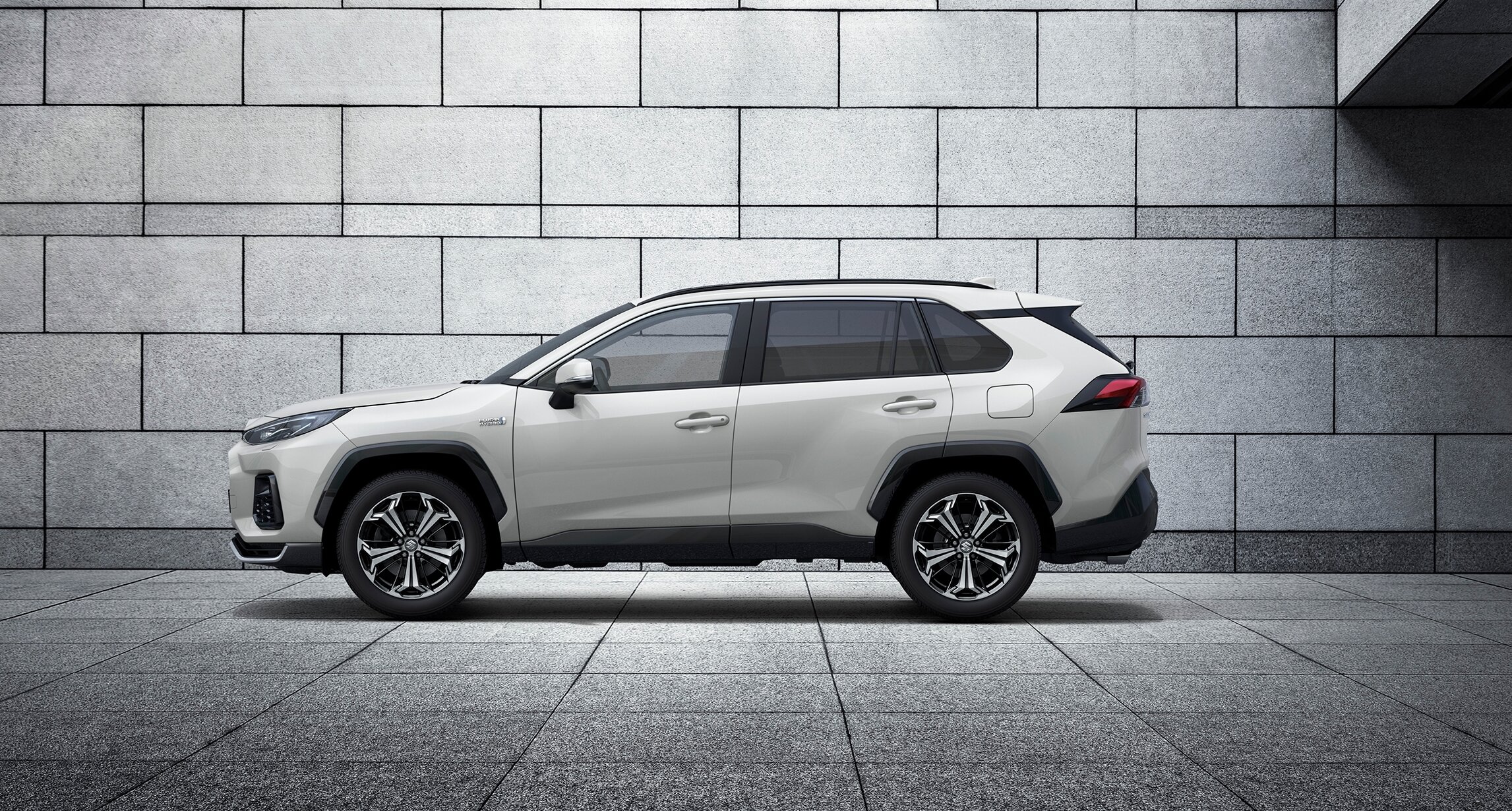
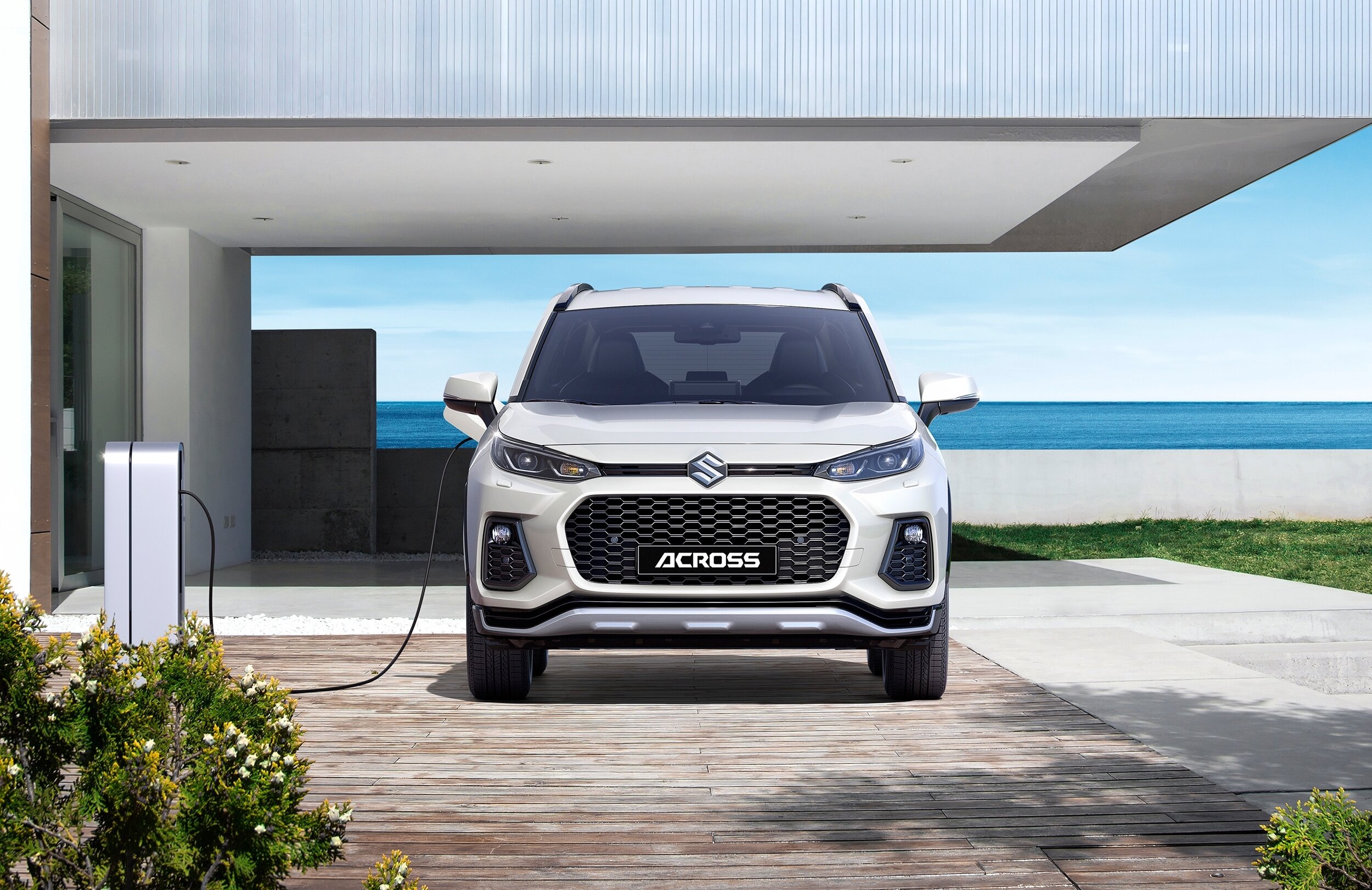
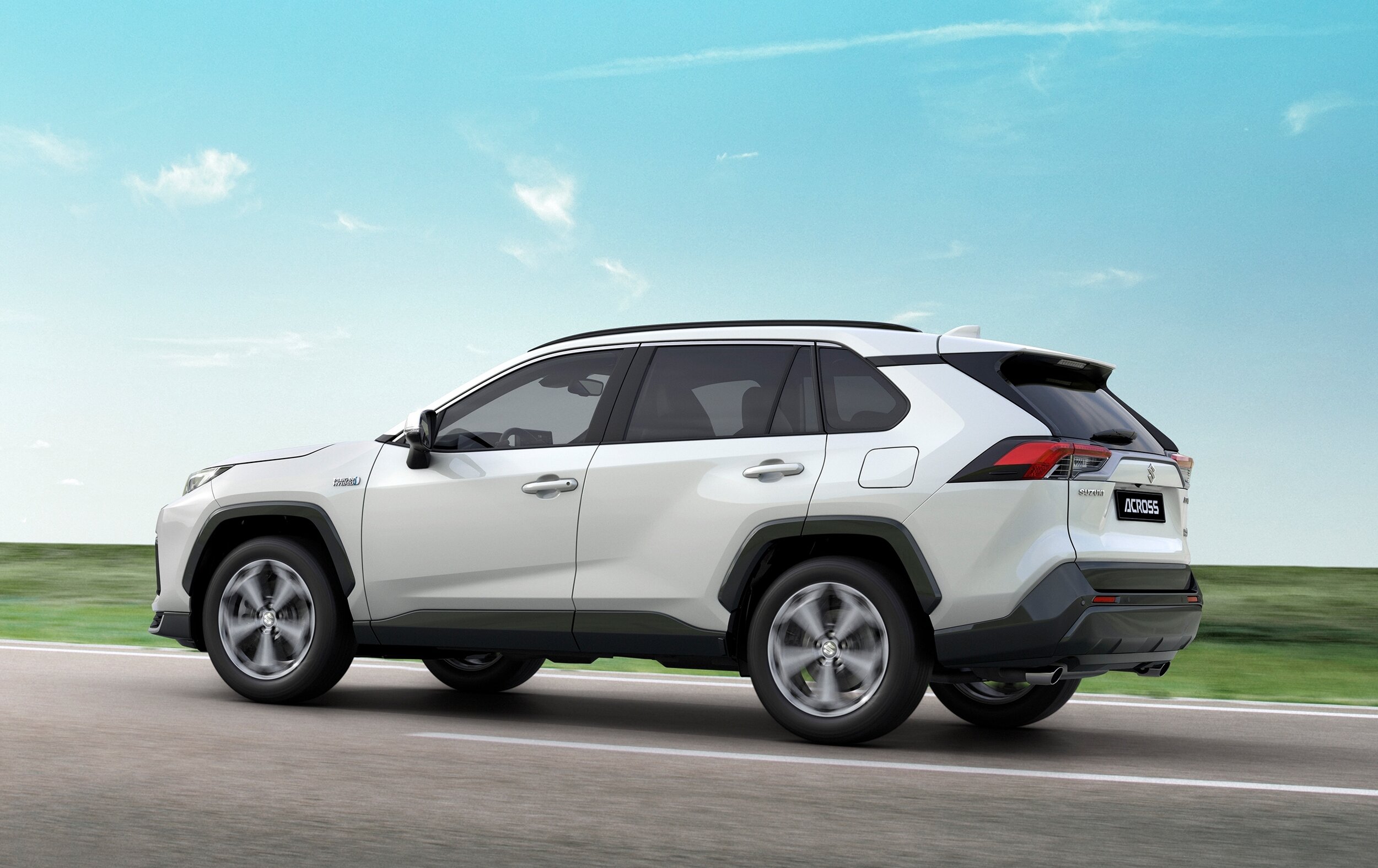
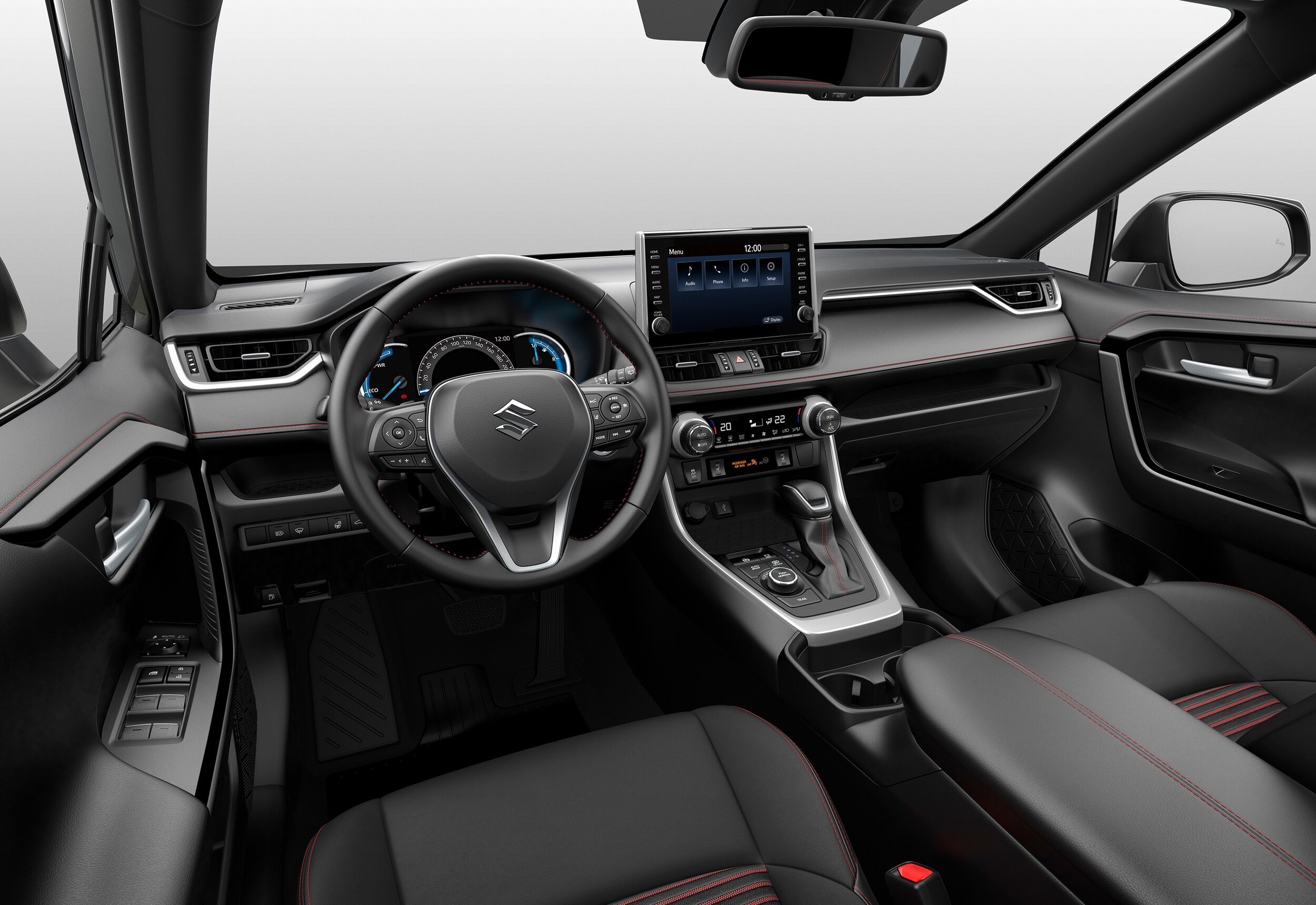
With a 2.5-litre four-cylinder petrol engine, a 18.1kWh lithium-ion battery pack and an electric motor mounted on each axle, the Prime’s drivetrain hits two targets.
First, there’s the optimal 75kms’ all-electric range. That’s significantly superior to that from Toyota’s only PHEV in circulation here at the moment, the Prius Prime, and also trounces that cited for a probable rival, Mitsubishi’s Outlander PHEV.
On top of this, with cited outputs of 134kW and 270Nm, this RAV4 is also said to be far sportier to drive than any current edition offered in our market.
All good portents for TNZ, which has been dropping hints about the potential for the Prime coming into its lineup, probably in 2021.
Suzuki NZ boss Tom Peck is relatively relaxed about there being little likelihood of Across being signed off for this part of the world. And even if that changed, he thinks it would be unlikely the car would become available “at a price the RAV4 sells for.
“Ultimately, Suzuki and Toyota do have a product tie-up that is bigger than the local companies … but there are regional agreements. I don’t think those Toyotas (in addition to RAV4 Prime, there’s a hybrid Corolla wagon) will be offered to NZ (as Suzukis).”
In addition to what’s going in Europe and the United Kingdom, Toyota is using rebadged Suzukis to gain entry to India, where the small car expert is already a well-established kingpin, with Maruti.
Toyota helping Suzuki achieve CO2 averages with the EU emissions regs can go so far, however, and there’s already been a decision that could become beneficial to Suzuki NZ.
UK dealer supply of the Jimny small SUV will cease in the coming months, as the CO2 counts from its 1.5-litre petrol engine are too problematic to address.

Bad news for English fans of the baby off-roader will likely be a good turn for Kiwi enthusiasts as almost certainly the big issue of supply – so constrained that at the moment the waiting list for Kiwis stretches almost nine months – could well be alleviated, Peck believes.
“We have been getting better allocations recently but that’s been more to do with Covid-19 than what’s going on in Europe; we’re fortunate in being among the countries that have been able to take and sell the cars. But we still have more than 350 confirmed orders awaiting delivery.”
The distributor generally receives 40 units per month from the factory – nowhere near enough to satisfy demand. This latest turnup could free up more volume, he hopes.
“If that happens if shouldn’t take us too long to catch up (with the order base).”
Suzuki has also been talking about creating a second production base, also in Japan, to alleviate the current factory which has been operating at maximum capacity since the car’s release, but the coronavirus crisis seems to have sidetracked that development just at the moment, he says.
However, it works out, Peck is utterly confident the car’s inability to sustain in Europe won’t cause Suzuki to rethink having it in their line-up.
“Not at all. There is huge demand for Jimny outside of Europe. It will definitely continue.”
MotoringNZ reviews new cars and keeps readers up-to-date with the latest developments on the auto industry. All the major brands are represented. The site is owned and edited by New Zealand motoring journalist Richard Bosselman.